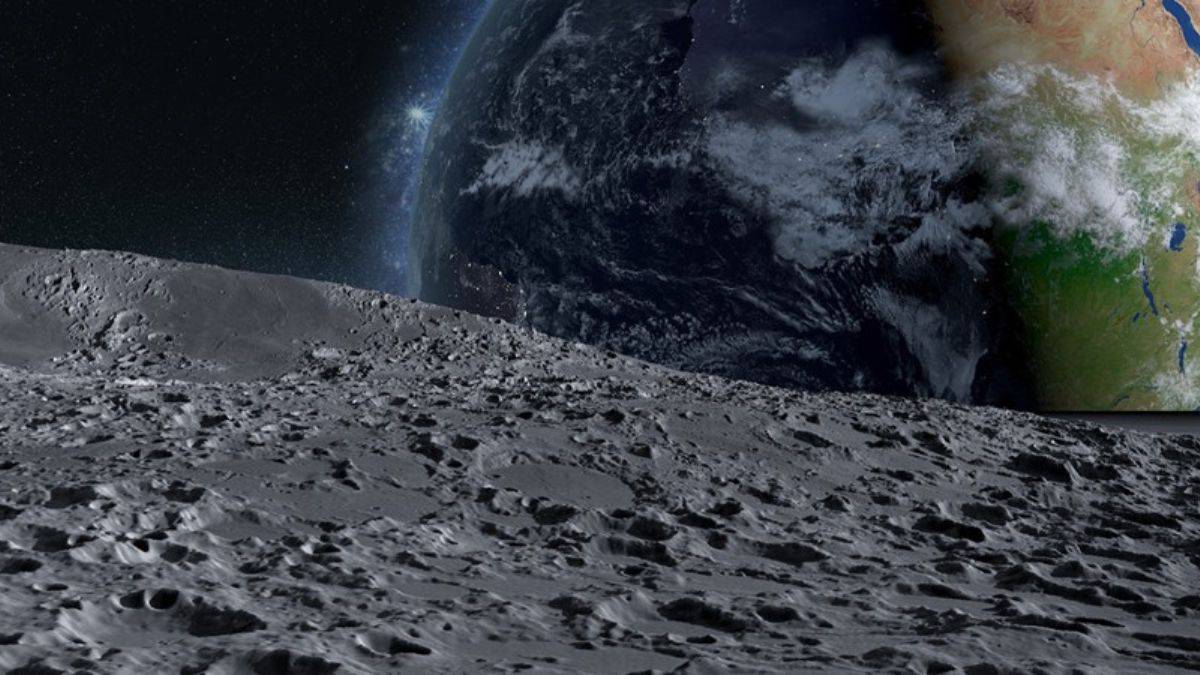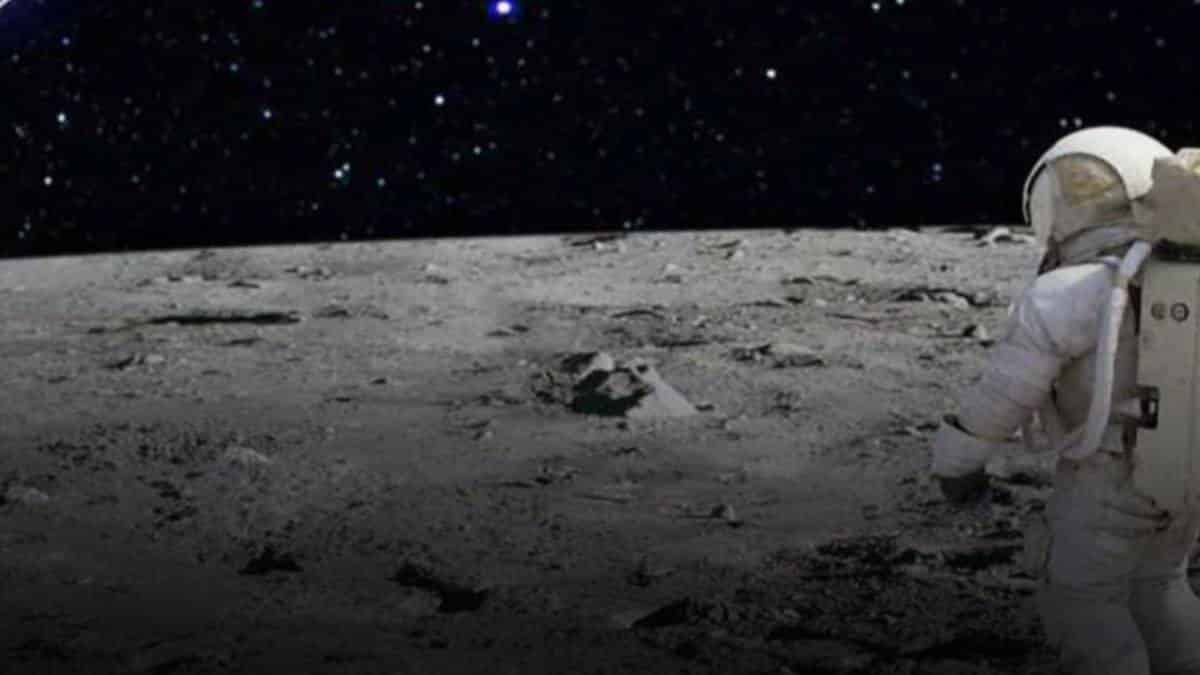Scientists claims, there are regions on the moon that are always “sweater weather”

Planetary scientists have led a team that has identified shaded areas within pits on the moon that are consistently about a pleasant 63 degrees Fahrenheit.
As opposed to the rest of the surface of the moon, which may get as hot as 260 degrees throughout the day and as cold as 280 degrees below zero at night, the pits and caves to which they may lead would create safer, more thermally stable platform camps for lunar exploration and long-term living.

Since the first pits were spotted on the moon in 2009, researchers have pondered whether these could represent the entrances to caves that could be investigated or used as shelters. According to Tyler Horvath, the new research’s principal investigator and a UCLA Doctoral candidate in planetary science, about 16 of the more than 200 pits are most likely collapsed lava tubes. There is significant evidence that one pit’s overhang may also lead to a massive cave, and two of the most noticeable pits have overhangs that are visible and lead to some form of a cave.
Lava tubes, which are also seen on Earth, are developed when molten lava flows under a field of cooled lava or when a crust develops over a river of lava, leaving a lengthy, hollow tunnel behind. A pit may be created if the ceiling of a solidified lava tube collapses, opening the way to the rest of the vast tube.
To determine whether the temperature inside the pits varies from that on the surface, Horvath analyzed photos from the Diviner Lunar Radiometer Experiment, a thermal camera, and one of six sensors aboard NASA’s robotic Lunar Reconnaissance Orbiter.
Horvath and his colleagues focused on a roughly cylindrical, 100-meter-deep pit, about the size of a football field, in the Mare Tranquillitatis region of the moon. They used computer modeling to examine the thermal characteristics of the rock and lunar dust and to track the temperatures of the pit over time.
The findings, which were just published in the journal Geophysical Research Letters, showed that temperatures inside the permanently darkened parts of the pit vary only a little throughout the lunar day and stay at roughly 63 degrees. The temperature would be similar to this if a cave emerged from the bottom of the pit, as suggested by photos collected by the Lunar Reconnaissance Orbiter Camera.
The research group, which also included University of Colorado Boulder professor Paul Hayne and UCLA professor of planetary science David Paige, believes the shadowing overhang is to blame for the stable temperature by regulating how hot it gets during the day and preventing heat from escaping at night. The pit floor’s sun-baked area, which is around 40 degrees hotter than the moon’s surface, reaches daytime temperatures of close to 300 degrees.
“Because the Tranquillitatis pit is the closest to the lunar equator, the illuminated floor at noon is probably the hottest place on the entire moon,” said Horvath.
On the moon, a day lasts over 15 Earth days; it is constantly illuminated by sunlight, and it is frequently hot enough to boil water. There is also around 15 Earth days’ worth of unbearably frigid nights. A seemingly insurmountable obstacle to lunar exploration or residence may be the development of heating and cooling technology that can function in these circumstances and generate enough energy to run it continuously. For instance, the most popular method of power generation used by NASA doesn’t function at night.
Scientists can concentrate on other problems by establishing bases in the dark areas of these pits, where they can grow food, supply oxygen to astronauts, gather materials for studies, and extend the base. The pits or caves would also provide some protection from solar radiation, micrometeorites, and cosmic rays.
“Humans evolved living in caves, and to caves, we might return when we live on the moon,” said Paige, who leads the Diviner Lunar Radiometer Experiment.


